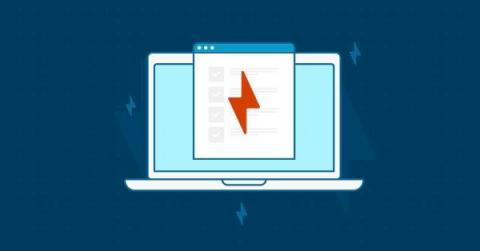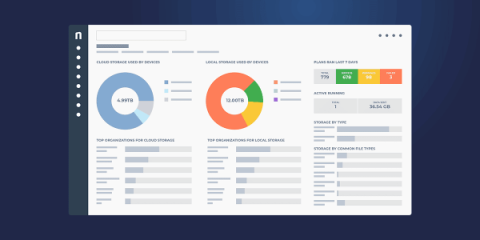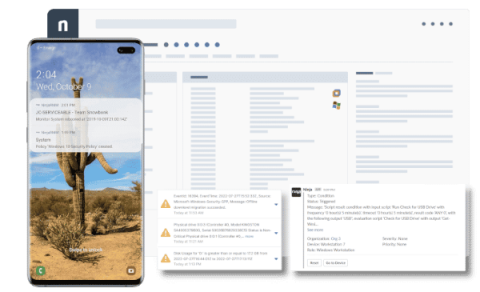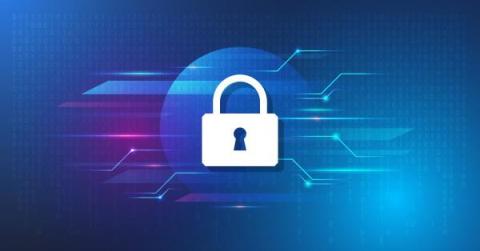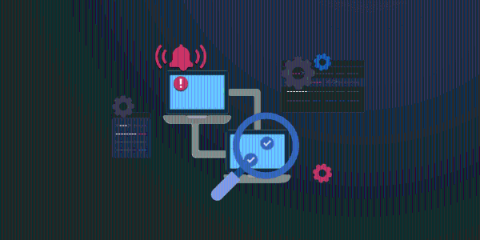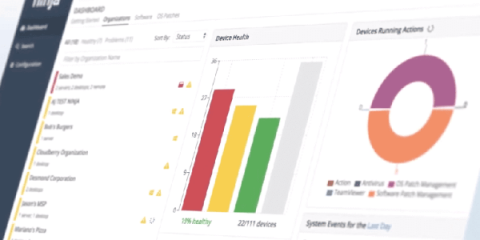Ninja Quick Guides: How to Gather Device Info for Warranty Requests
When submitting a warranty request for a device on your network, you’ll likely need to have important device information handy, such as the serial number. Rather than getting caught up in a game of telephone with the end-user, all relevant information for any devices is conveniently pulled in through the NinjaOne console.


